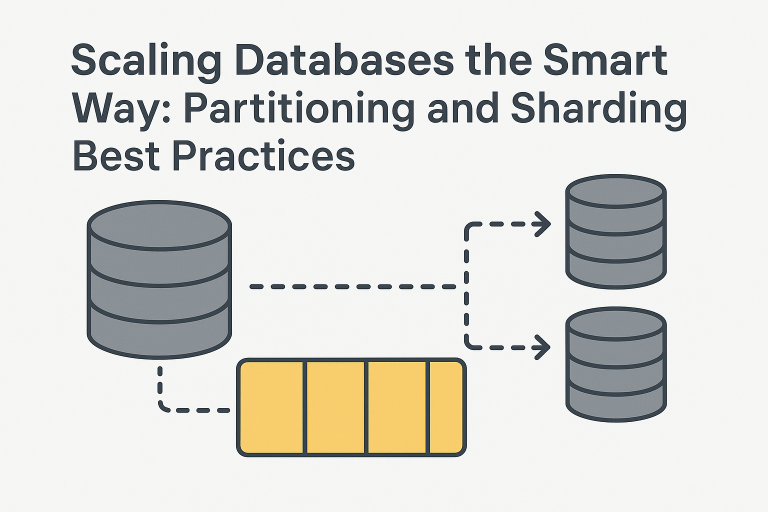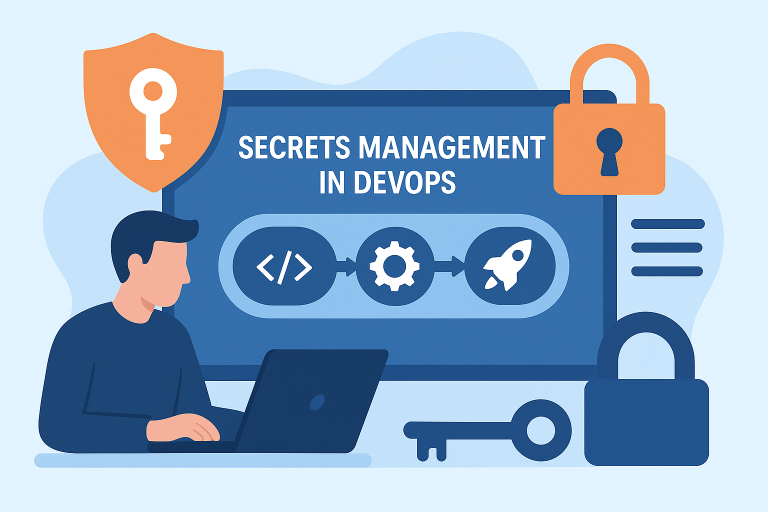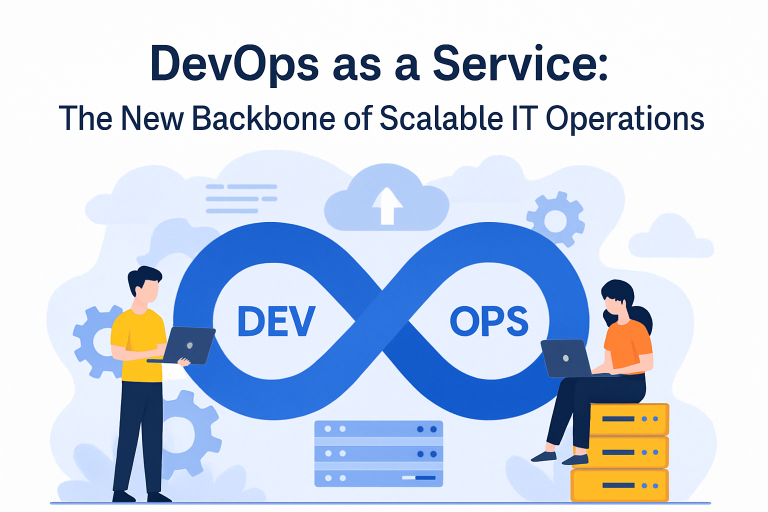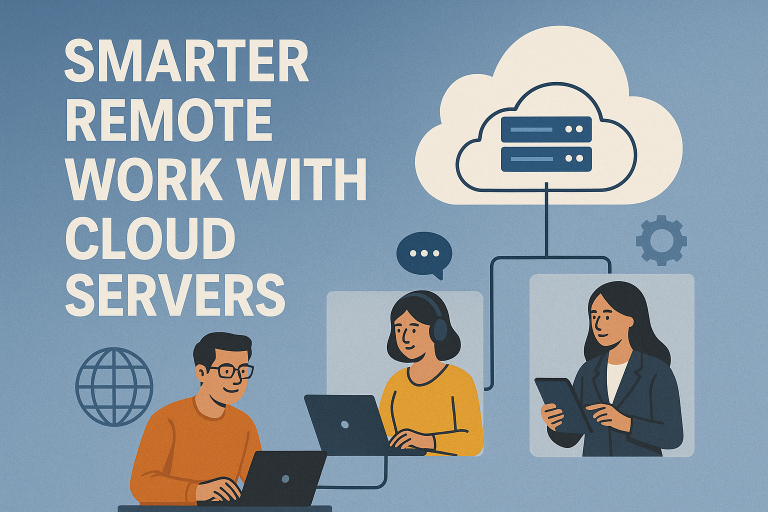
DevOps is a widespread IT practice designed to streamline the software development lifecycle, making your DevOps journey smoother and more efficient. It integrates development, operations, and testing into a cross-functional team, enabling faster code delivery. DevOps practices also reduce human errors and bugs, improve version control, and optimize costs. Several organizations prefer to implement DevOps practices and tools for a faster to market approach. DevOps enhances software development agility and simplifies IT management through improved communication, collaboration, and integration.
When planning to start your DevOps journey, first, you need to decide whether you want to go for a greenfield or brownfield deployment. Regardless of your choice regarding the mode of development, it is always wise to run a pilot project first. Based on the outcome of this pilot project, you can then consider implementing DevOps throughout the organization. Consequently, here are key steps to follow that can help ensure your DevOps journey is successful.
1. Cultural shift in the key:
In the way of successful DevOps implementation, your pre-existing work culture can be a huge road blocker. Instead of an individual team entity, DevOps integrates your human resources, processes, and tools into a single entity – a cross-functional team. This cultural shift is the backbone of DevOps. You cannot expect an overnight transformation. Introducing new policies and procedures is not enough to make your staff understand the new concept and motivate them to adopt the new culture. You need an organization-wide cultural change, and that must begin with the top-level management. Then it will be easier to convince the remaining workforce and make a smooth cultural transformation. You need to ensure that everyone in the organization (developers and operations personnel) knows about their role and responsibilities to perform as a part of cross-functional teams.
To facilitate the cultural shift, you can make changes to your incentive models. You can reward your cross-functional teams for delivering a better product or providing a better customer experience while making any failures least expensive for the organization. Implementing strategic and thoughtful incentive programs is an effective way to motivate your staff to accept the cultural shift.
2. Make as many metrics as possible
For a successful DevOps adoption, you need to select the right metrics to track your progress. Some of the most useful baseline DevOps metrics that can help to measure your progress over time are:
- Production failure rate,
- Meantime to recover from a failure,
- Average lead time (time needed to build, test, deliver, and deploy a new requirement into production),
- Deployment speed (how much time you need to deploy a new version of an application),
- Deployment frequency
- Meantime to production, and so on.
By recording and tracking those matrices, you can identify your current position on your desired success roadmap. So, you need to set goals for each matric and motivate the team to achieve that.
To achieve the best outcome, it is essential to share your DevOps goals, metrics, and progress with every employee involved in the cycle. Additionally, setting up metrics dashboards to display operational metrics and track progress toward your goals will enhance effective communication. Furthermore, better collaboration will help break down conflicts between the development and operations teams.
3. Understand your unique needs and address them
Every organization has specific needs and a unique work culture. Therefore, simply incorporating automated tools and hiring a DevOps engineer is not sufficient to ensure the desired success. Instead, you should consider consulting DevOps services to obtain the right tools that enable the necessary automation or to implement essential changes in your work culture.
4. Adopt iteratively
Instead of implementing an organization-wide DevOps initiative, starting with a smaller initiative is wise. Start with a pilot application, formation of a cross-functional DevOps team, evaluate the outcomes to identify the limitation and bottlenecks, measure progress, and, if succussed, you can implement the techniques for more significant aspects.
With the collective outcome of the pilot projects, you should work to resolve the constraints. You also need to ensure that you are making progress against your metrics. Then only you should consider implementing the same strategy on other teams.
5. Focus on quality assurance
It is quite a common practice in most organizations that testers get the minimum amount of time to ensure the quality of the final product. As a result, the product quality suffers. In most cases, companies struggling with DevOps are often found to focus on automating deployments and ignoring QA needs.
As it is difficult to automate all testing jobs in DevOps, you must include all testing as a part of your regular integration process and incorporate testing in every stage. Don’t forget to include regression testing and smoke testing to perform on each environment to ensure the overall quality. You can automate some functional and non-functional tests associated with performance, security, etc., to speed up the comprehensive testing procedures and ensure the quality of your product as well.
6. Take a smart approach to automation
Automation is the key to accelerating your delivery processes by making everything—such as IT infrastructure, development environment, platform, system configuration, and QA processes—suitable for executing programs flawlessly. Therefore, focus on automating time-consuming and error-prone procedures first. This approach will help reduce delivery time by eliminating the likelihood of multiple fixations and regression cycles.
Apart from testing and development automation, you must focus on standardizing and automating other phases of the life cycle to improve the overall speed of the delivery cycle. You must consider using software engineering best practices to design DevOps automation. You can go for creating your Infrastructure as Code(IaC) with your coding standards, test them and make good documentation of them. Your automation initiatives must be favourable to improve your delivery time without compromising the quality of your application.
Conclusion
You cannot incorporate DevOps in your organization overnight. You cannot expect a paradigm shift in no time — it requires a lot of hard work, cultural change, and discipline. Your DevOps journey may take time, and you face some challenges, but you can achieve the desired success over time if you follow the steps mentioned above. DevOps implementation is not a one-time solution – it is a journey that is never done. You need to improve your system continuously to deal with the changed requirements of your business. You can also partner with a DevOps consulting company to help you improve your DevOps journey and reach your business goals.






